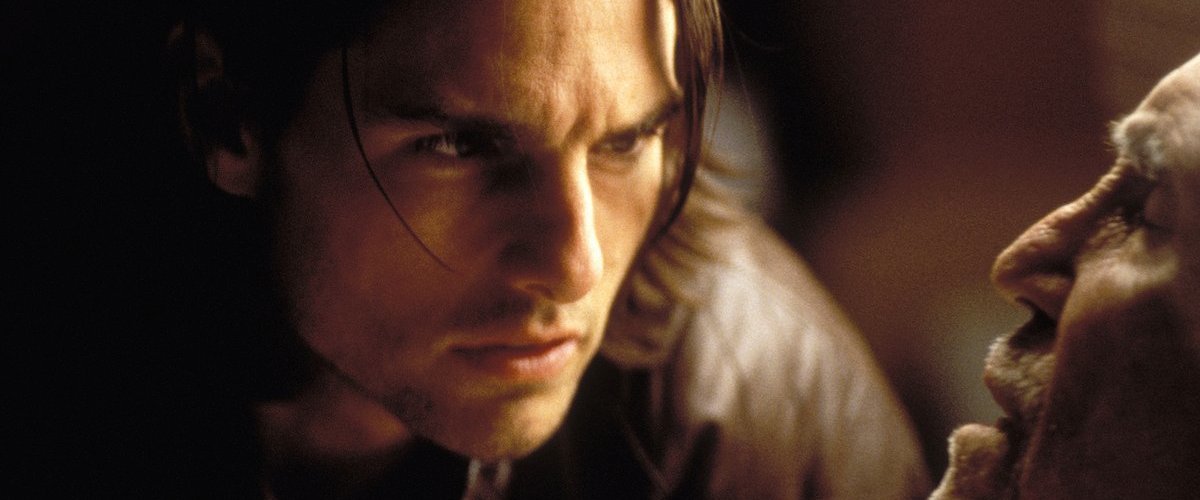Magnolia Movie

In the sprawling landscape of cinema, there are certain films that transcend mere entertainment to become profound reflections of the human experience. “Magnolia,” directed by Paul Thomas Anderson, stands as a towering example of such cinematic excellence. Released in 1999, this epic ensemble drama weaves together the lives of various characters in the San Fernando Valley, exploring themes of interconnectedness, fate, forgiveness, and redemption. With its intricate storytelling, compelling performances, and evocative imagery, “Magnolia” has earned its place as a timeless masterpiece in the annals of filmmaking.
At the heart of “Magnolia” lies a narrative tapestry that interlaces the lives of multiple characters, each grappling with their own struggles and seeking resolution in the face of life’s unpredictability. From the troubled former quiz show prodigy, Donnie Smith, played by the remarkable Philip Seymour Hoffman, to the hardened and domineering television producer, Earl Partridge, portrayed by the incomparable Jason Robards in one of his final roles, the film presents a rich tapestry of human emotion and experience.
One of the most striking aspects of “Magnolia” is its unconventional narrative structure. Anderson employs a mosaic-like approach, intertwining multiple storylines that intersect and collide in unexpected ways. Through a series of seemingly disparate vignettes, the film gradually reveals the connections between its characters, creating a sense of narrative cohesion that is both mesmerizing and deeply satisfying. This unconventional storytelling technique not only underscores the film’s central themes of interconnectedness but also challenges the viewer to actively engage with the material, piecing together the puzzle of human experience along with the characters themselves.
Central to the film’s exploration of interconnectedness is the motif of coincidence and synchronicity. Throughout “Magnolia,” characters experience seemingly random occurrences that defy rational explanation, leading them to question the nature of fate and the existence of a higher power. From a raining of frogs to a chance encounter between long-lost family members, these moments of serendipity serve as poignant reminders of the mysterious forces that shape our lives and connect us to one another. In this way, “Magnolia” transcends mere realism to embrace a more metaphysical dimension, inviting viewers to ponder the profound mysteries of existence.
Beyond its intricate narrative structure, “Magnolia” is distinguished by its powerhouse performances. The ensemble cast delivers tour-de-force performances that bring depth and humanity to each character. Tom Cruise delivers a career-defining performance as Frank T.J. Mackey, a misogynistic self-help guru whose bravado masks a profound sense of loneliness and insecurity. Julianne Moore shines as Linda Partridge, Earl’s estranged wife, whose journey of guilt and redemption forms a poignant emotional core for the film. And then there’s the late Philip Seymour Hoffman, whose portrayal of Donnie Smith, a former child prodigy turned lonely adult, is both heartbreaking and profoundly moving.
In addition to its stellar performances, “Magnolia” is a visual and auditory feast for the senses. Anderson’s masterful direction is complemented by Robert Elswit’s lush cinematography, which captures the sprawling expanse of the San Fernando Valley with a blend of intimacy and grandeur. The film’s evocative score, composed by Jon Brion and featuring contributions from Aimee Mann, further enhances the emotional resonance of each scene, imbuing the film with a haunting sense of melancholy and yearning.
Thematically, “Magnolia” grapples with a myriad of complex issues, from the nature of regret and forgiveness to the search for meaning and redemption. At its core, however, the film is a deeply humanistic exploration of the universal struggles that define the human condition. Through its rich tapestry of characters and its poignant exploration of interconnectedness, “Magnolia” reminds us of the profound beauty and complexity of life itself.
In the two decades since its release, “Magnolia” has only grown in stature, earning widespread acclaim from critics and audiences alike. Its bold storytelling, unforgettable performances, and thematic depth continue to resonate with viewers, cementing its status as a true cinematic masterpiece. As we navigate the uncertainties of the modern world, “Magnolia” serves as a powerful reminder of the enduring power of empathy, connection, and the search for meaning in an often chaotic and unpredictable universe.
In conclusion,
“Magnolia” stands as a testament to the transformative power of cinema, offering a profound meditation on the human experience that is as relevant today as it was upon its release. Through its innovative narrative structure, powerhouse performances, and thematic richness, the film invites viewers on a journey of self-discovery and emotional resonance that lingers long after the credits roll. In an age of fleeting distractions and disposable entertainment, “Magnolia” endures as a shining example of the enduring artistry and profound impact of great filmmaking.





